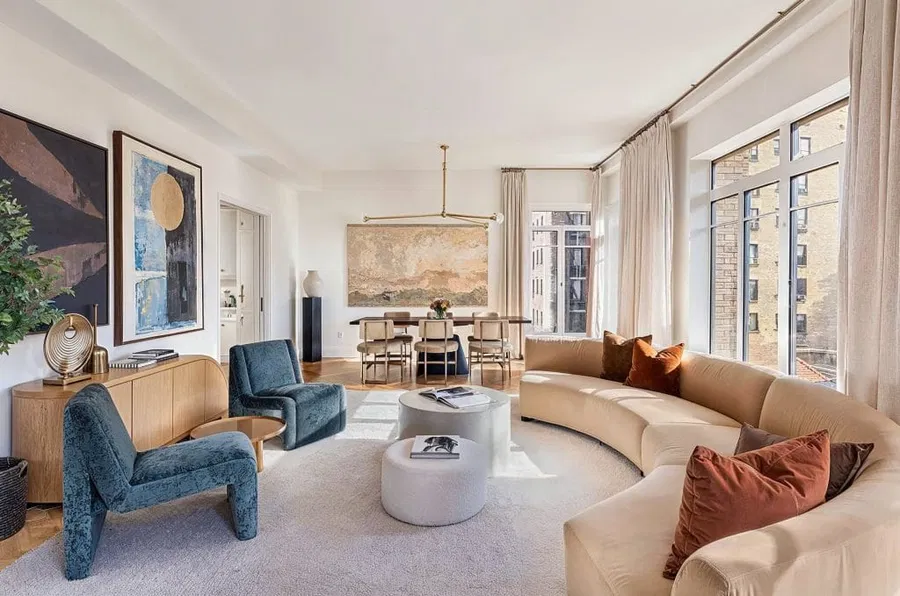Choosing the right interior design style can feel overwhelming, especially when faced with endless images of stunning spaces and trending ideas. But your home isn’t just about looks—it should reflect your personality, suit your lifestyle, and bring comfort every day. Whether you’re redesigning a single room or planning a full home makeover, the right style is the one that feels like home.
Understanding Your Lifestyle and Needs
Before diving into design inspiration, it’s important to pause and reflect on how you live. Interior design isn’t just about aesthetics—it should support your daily life. Do you work from home and need a quiet office space? Do you entertain guests often, or do you prefer quiet evenings with a book? Understanding how you use your space sets the foundation for a design that works for you.
Your routines also play a major role. If you’re constantly on the go, a low-maintenance style with easy-to-clean materials might be best. If you’re settling into a forever home, long-term comfort and durability should guide your choices.
Identify Your Personal Preferences
Next, tune into your instincts. Without overthinking, pay attention to the colors, materials, and moods that draw you in. Whether you’re flipping through a design magazine or scrolling Pinterest, save what catches your eye. Patterns will begin to emerge. You might be surprised to discover your style isn’t what you expected.
Emotion plays a role, too. Do warm wood tones calm you? Does clean white space energize you? Interior design is personal, and your emotional response to elements like lighting, texture, and layout matters more than fleeting trends.
Learn About the Most Popular Interior Design Styles

You don’t need to become a design expert, but familiarizing yourself with a few core styles helps you recognize what fits you best. Modern interiors are known for sleek lines and a clutter-free feel. Minimalist design takes that even further, embracing simplicity and negative space. Scandinavian interiors combine light, function, and comfort, often through a muted palette.
Industrial design leans on raw elements like brick, steel, and concrete, while traditional interiors incorporate timeless elegance with classic furnishings and detail. Bohemian rooms are more relaxed, colorful, and full of texture, while transitional or eclectic styles blend elements from multiple influences, offering the freedom to experiment without losing cohesion.
Assess Your Existing Space and Architecture
Now it’s time to look at your home’s bones. Does your space have strong architectural features like arched doorways or exposed beams? Let those features guide your design. For instance, a modern farmhouse look might suit a space with wood paneling, while a high-rise apartment could shine with a clean, urban aesthetic.
Lighting is another consideration. A space with abundant natural light allows for deeper or moodier palettes, while darker rooms benefit from lighter color schemes and reflective surfaces. And remember: every home has its quirks—embrace them as part of your design story.
Set a Realistic Budget
Budgeting isn’t just about money—it’s about making smart choices that align with your values and vision. Some styles, like mid-century modern or coastal, can be recreated affordably with well-chosen pieces from vintage stores or DIY efforts. Others, like luxury contemporary or classic European styles, may require investment in high-end materials and custom work.
Decide where you want to spend and where you can save. Splurging on a standout piece like a designer sofa or artisan lighting can elevate a room, while budget-friendly accessories help you stay within financial boundaries without sacrificing style.
Combine Styles Wisely (If Needed)

Sometimes, you’re drawn to more than one style—and that’s perfectly fine. The key is balance. Mixing styles requires a thoughtful approach so the space feels curated, not chaotic. You might pair a minimalist layout with boho textiles, or incorporate industrial light fixtures into a traditional living room.
To maintain harmony, keep a consistent color palette or repeat certain materials like wood, metal, or glass. That way, even contrasting styles can feel like they belong together.
Use Mood Boards and Visualization Tools
Translating your ideas into reality can be tricky without visuals. A mood board—digital or physical—lets you organize images, color swatches, fabric samples, and inspiration into one cohesive view. This step helps you see how different elements interact before making any purchases.
Today, many design platforms and mobile apps allow you to create 3D room renderings or virtually “try on” paint colors, furniture, and layout options. These tools make it easier to avoid costly mistakes and feel confident in your choices.
Get Professional Help If Needed
If you’re still unsure or dealing with complex renovations, consider hiring a professional. Interior designers don’t just make spaces beautiful—they ensure functionality, flow, and long-term satisfaction.
When choosing a designer, look for someone who listens closely to your preferences, understands your goals, and can translate your ideas into a cohesive vision. The clearer you are with your likes and dislikes, the better the collaboration will be.

